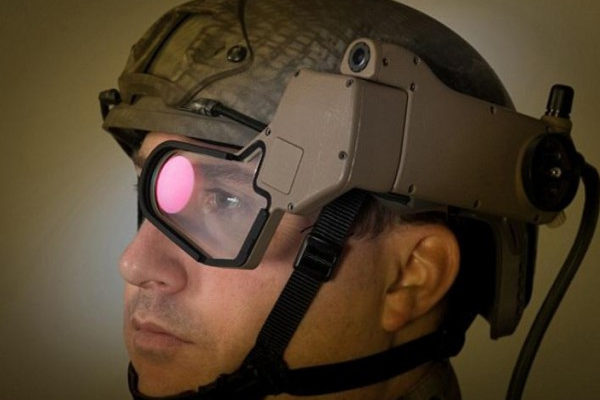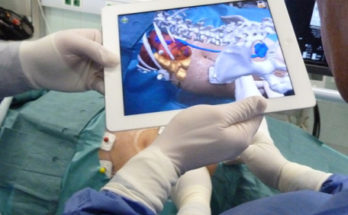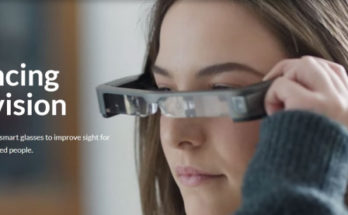One of the most difficult challenges for augmented reality is educating the broader market. Consumers aren’t exposed to AR regularly and don’t see its wide-reaching applications in their daily lives. However, there are plenty of AR experiences available today that just lack exposure in the consumer market.
Also, it is important to build a strong pipeline of rising talent in the AR/VR community to continue to innovate and develop this technology. It is critical that students have exposure to this technology in the classroom. It is easy to be intimidated by emerging tech, but with early exposure, AR/VR can become more accessible.
France is one of the countries leading the way in giving its students exposure to AR early. In 2015, the French government announced an updated curriculum for students that weaves augmented reality into their studies. The government recognizes that teaching emerging technology in the public school system provides all students with the keys to understanding the contemporary technical environment and the skills to act. Education is key to mass adoption and overcoming the other challenges for augmented reality proliferation.
In the UK, Klaspad through Augmented Builds is developing an augmented scenario for the military. The tool will bring you in three different zones – busy city, empty deposit and war zone. Your skills will be measured by your superiors through your glasses view and instructions will be given in the lifetime. The product will be launched in the first quarter of the following year.
The U.S. Army has already funded BAE Systems to create a new AR-enabled headset called, fittingly, Q-Warrior. This see-through display can actually be mounted on pre-existing helmets, making set up a breeze. All kinds of useful data are instantly overlaid over the user’s vision, including personnel tracking, hostile enemy detection and waypoint information.




